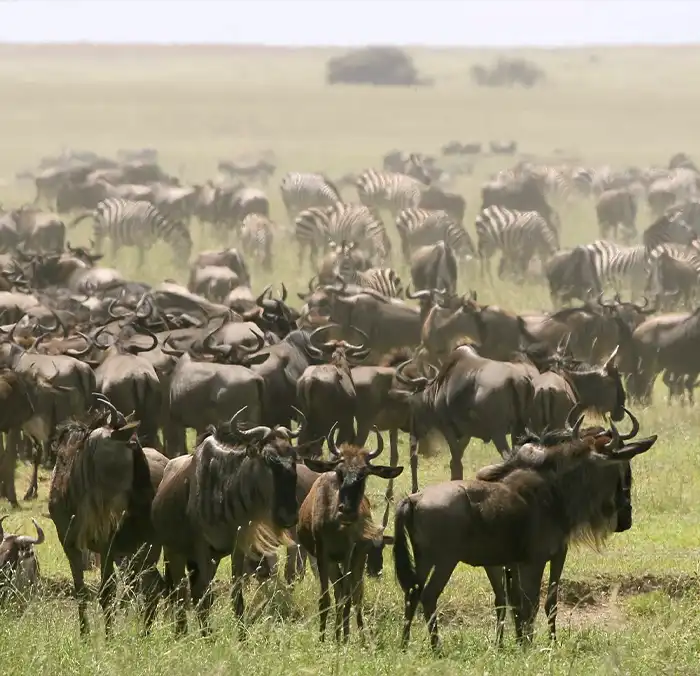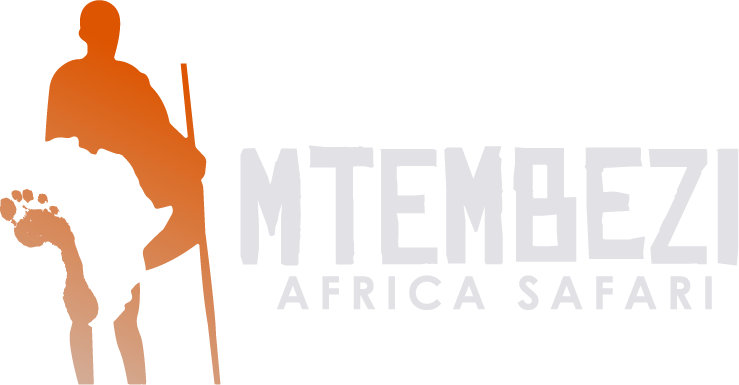Serengeti Great Wildebeest Migration
Great Wildebeest Migration
Experience the amazing Great Wildebeest Migration with Mtembezi Africa Safaris. This incredible event is a must-see for wildlife lovers. Watch over a million animals, including wildebeests, zebras, and gazelles, as they journey across the vast Serengeti-Mara ecosystem. Starting in the southern Serengeti plains near Tanzania’s Ngorongoro Conservation Area, where calves are born, they travel to the lush grasslands of Kenya’s Masai Mara.
The migration is full of drama. Predators like lions, cheetahs, and hyenas hunt against the backdrop of the savannah. Despite the dangers, new life begins as thousands of calves are born, showing nature’s strength and the cycle of life.
Join Mtembezi Africa Safaris to see this extraordinary event. The Great Wildebeest Migration is not just a wildlife event; it’s an experience that connects you to the beauty and power of nature. This journey will leave you with unforgettable memories.


The Great Migration stands as a testament to the awe-inspiring wonders of the natural world. With up to 1,000 animals per square kilometer, the majestic columns of wildebeest are so vast that they can be observed from space. This unparalleled phenomenon involves over 1.2 million wildebeest, accompanied by 300,000 zebras, as well as topi and other gazelles, embarking on an extraordinary journey through the Serengeti-Mara ecosystem in search of vital sustenance and water.
This epic migration is driven by the seasonal rains, prompting these herds to move in a circular route through Tanzania’s Serengeti National Park and Kenya’s Maasai Mara National Reserve. As the dry season approaches, the wildebeest and their companions traverse vast plains, cross treacherous rivers, and face numerous predators like lions, cheetahs, and crocodiles. Their journey is fraught with peril, but it is also a time of renewal, as new generations of wildebeest calves are born, continuing the cycle of life.
The Great Migration in January, February and March
The Great Migration in April and May
The Great Migration in June and July
The Great Migration in August, September and October
The Great Migration in November and December
The Great Migration is not only a remarkable natural event but also a crucial aspect of the ecosystem. It plays a significant role in shaping the landscape, dispersing nutrients, and maintaining the balance of the region’s flora and fauna. For those fortunate enough to witness it, the Great Migration offers an unforgettable glimpse into the raw and powerful beauty of nature’s grand design.
Top Pick Tanzania Tour Packages For You
Tanzania boasts Africa’s renowned parks, promising unforgettable luxury safaris. With expertly crafted itineraries, immerse yourself in the finest national parks for a tailored wildlife adventure.

